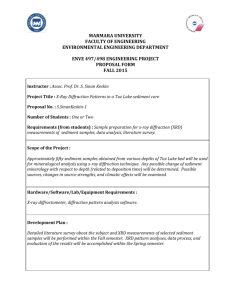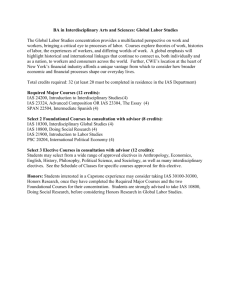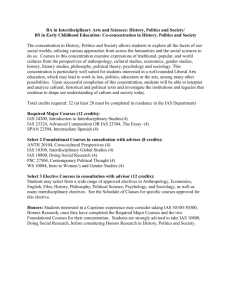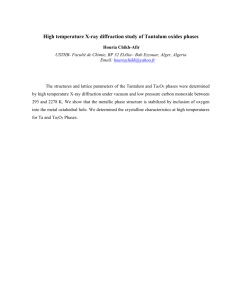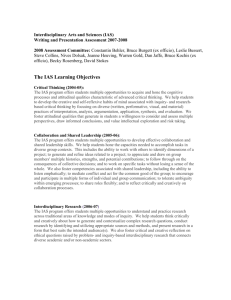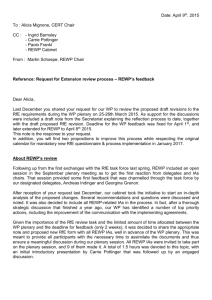Contents - Springer Static Content Server
advertisement
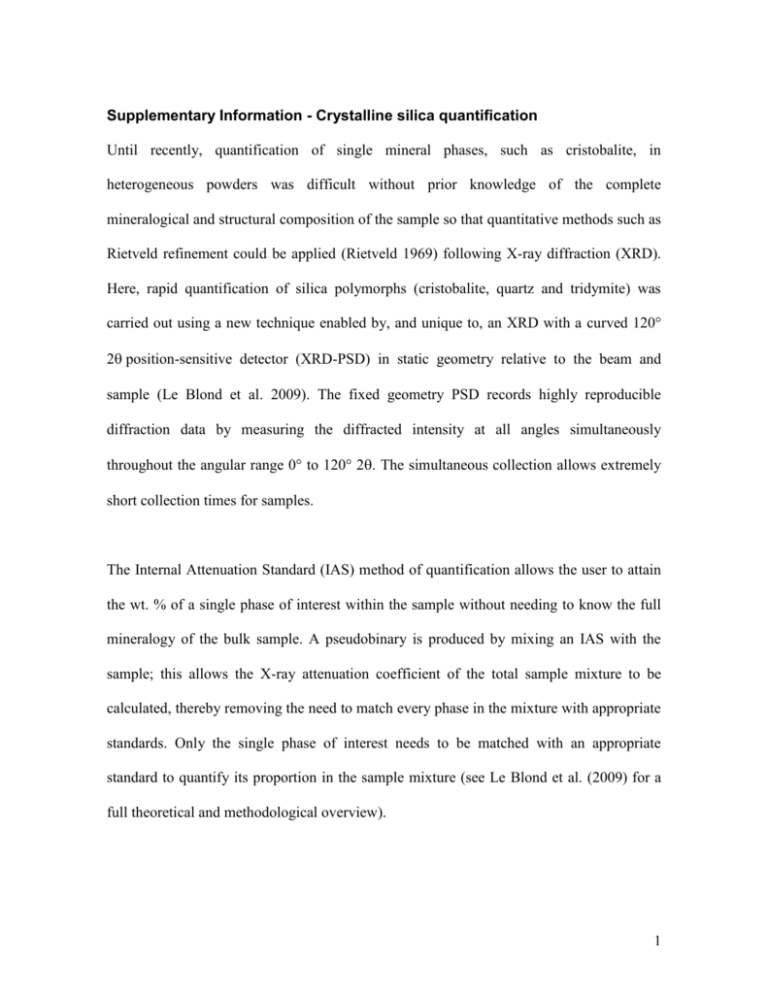
Supplementary Information - Crystalline silica quantification Until recently, quantification of single mineral phases, such as cristobalite, in heterogeneous powders was difficult without prior knowledge of the complete mineralogical and structural composition of the sample so that quantitative methods such as Rietveld refinement could be applied (Rietveld 1969) following X-ray diffraction (XRD). Here, rapid quantification of silica polymorphs (cristobalite, quartz and tridymite) was carried out using a new technique enabled by, and unique to, an XRD with a curved 120° 2position-sensitive detector (XRD-PSD) in static geometry relative to the beam and sample (Le Blond et al. 2009). The fixed geometry PSD records highly reproducible diffraction data by measuring the diffracted intensity at all angles simultaneously throughout the angular range 0° to 120° 2. The simultaneous collection allows extremely short collection times for samples. The Internal Attenuation Standard (IAS) method of quantification allows the user to attain the wt. % of a single phase of interest within the sample without needing to know the full mineralogy of the bulk sample. A pseudobinary is produced by mixing an IAS with the sample; this allows the X-ray attenuation coefficient of the total sample mixture to be calculated, thereby removing the need to match every phase in the mixture with appropriate standards. Only the single phase of interest needs to be matched with an appropriate standard to quantify its proportion in the sample mixture (see Le Blond et al. (2009) for a full theoretical and methodological overview). 1 Ash samples were ground in an agate pestle and mortar, to reduce grain size to between ~ 5-20 µm diameter. 0.35 g of the sample was weighed out on a microbalance, into which ~ 30 wt. % pure phase powdered IAS (zinc oxide, a compound not found in the ash) was added. The powders were then thoroughly mixed in a pestle and mortar, packed into the Al circular mount and analyzed with an Enraf-Nonius X-ray diffractometer with INEL curved PSD at the NHM, London, using monochromated Cu K1 radiation. XRD patterns for the pristine ash samples (i.e., without the IAS added), a sample of pure phase IAS (ZnO in these experiments), the pseudobinary mixture (sample plus IAS), and phase-pure standards cristobalite, quartz and tridymite (i.e. the phases required to be quantified) were collected. Labradorite (plagioclase feldspar) standard was also included to aid differentiation between cristobalite and plagioclase feldspar peaks, some of which overlap. References Le Blond JS, Cressey G, Horwell CJ and Williamson BJ (2009) A rapid method for quantifying single mineral phases in heterogeneous natural dust using X-ray diffraction. Powder Diffraction 24: 17-23 Rietveld HM (1969) A profile refinement method for nuclear and magnetic structures. J App Crystal 2: 65-71 2
